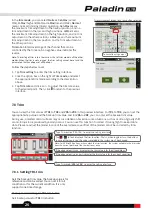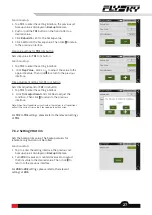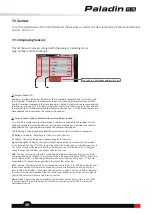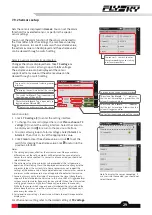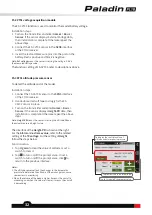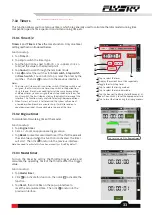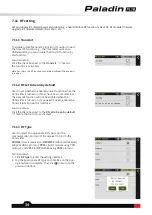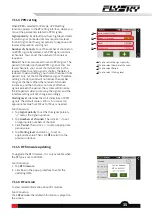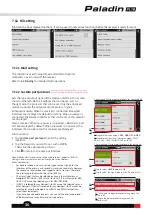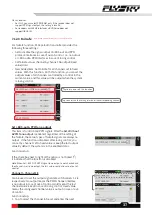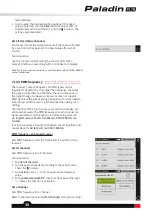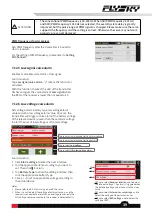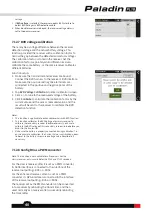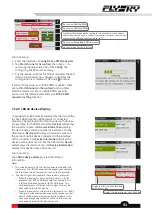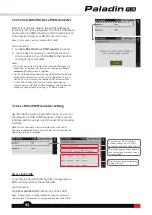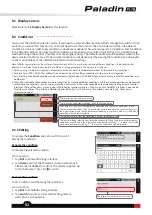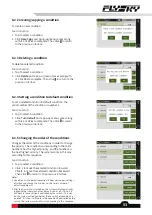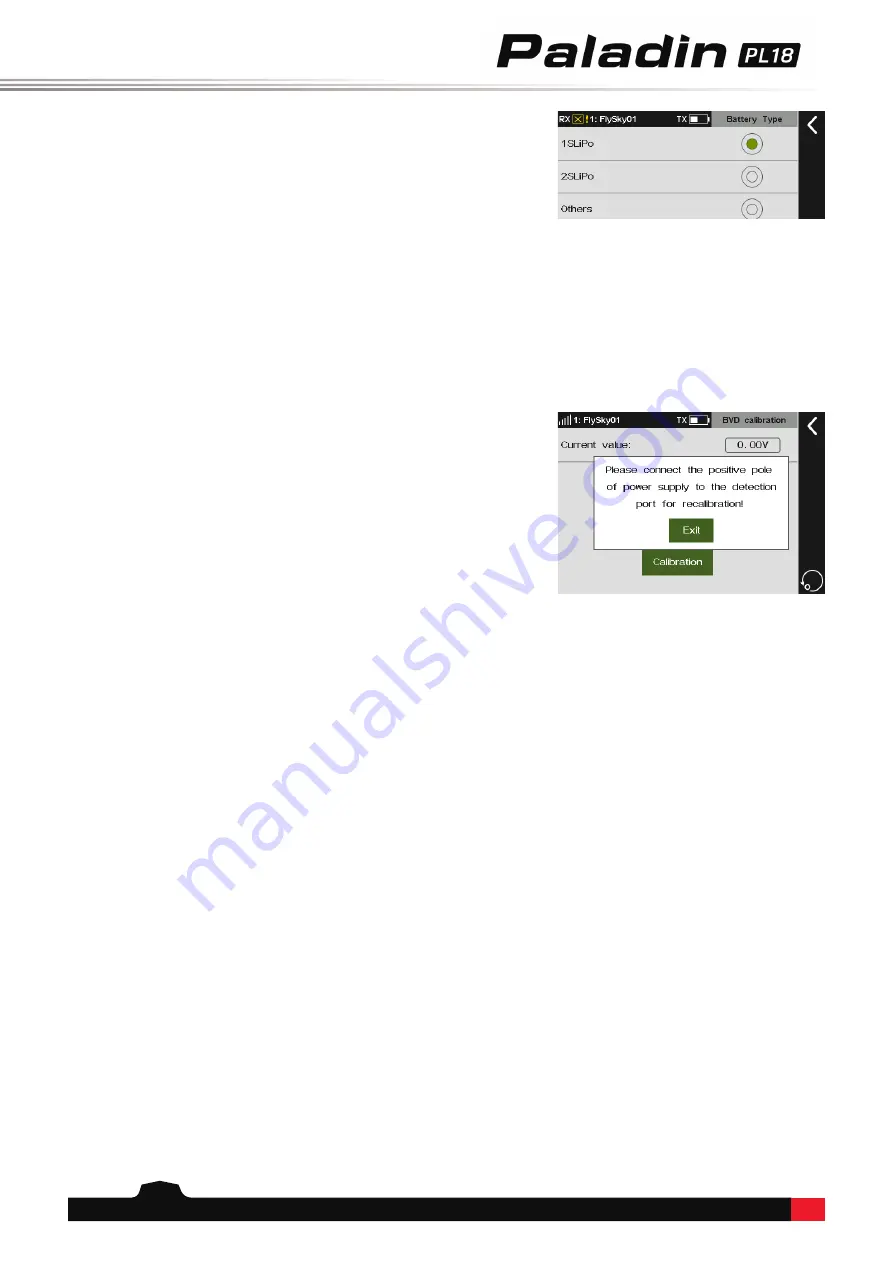
40
voltage.
3.
If
BVD voltage
is selected, the receiver needs a BVD interface to
detect BVD voltage via BVD detection cable.
4.
When double receivers are bound, the receiver voltage alarm is
set to the primary receiver.
7.12.7 BVD voltage calibration
7.12.8 Config RX as a PWM converter
There may be a voltage difference between the receiver
detection voltage and the actual battery voltage. This
function provided the receiver with a calibration factor to
narrow the gap between the detected and actual voltages.
The calibration factor is stored in the receiver. Set the
calibration factors separately when different receivers
calibrate the same battery, or the same receiver calibrates
different batteries.
Function setup:
1. Make sure the transmitter and receiver are bound;
Connect the BVD harness to the receiver's BVD interface.
Make sure the positive and negative terminals are
connected to the positive and negative poles of the
battery.
2. Tap
BVD Voltage Calibration
to enter calibration screen.
3. Click
+
/
-
to tune to the measured voltage of the battery.
4. Click
Calibrate
to calculate the calibration factor by the
current value and the sensor measured value, and the
result will be sent to the receiver to calibrate the BVD
detection function.
Notes:
1. This function is applicable to enhanced receivers with BVD function.
2. This function calibrates the BVD voltage of primary receiver. To
calibrate the secondary receiver (double receivers), you have to
calibrate the BVD voltage of this secondary receiver-to-be before you
bind it to the transmitter.
3. Make sure the battery is properly connected during calibration. To
ensure accurate calibration, the Current Value, in calibration, needs
to be set to the battery's measured voltage value. Recalibrate if
necessary.
For the classic receiver, after it is set as a PWM converter,
its SENS interface is connected to the interface of the
receiver outputting i-BUS or i-BUS2.
For the enhanced receiver, after it is set as a PWM
converter, its NPA interface is connected to the interface
of the receiver outputting i-BUS or i-BUS2.
The receiver set as the PWM converter can be converted
into a receiver by rebinding the transmitter, and then
used normally as a receiver after successfully rebinding
the transmitter.
Note: This function is not available for all receivers. For the
classic receiver, only is availabe for the FGr4 and FTr10 receivers.

